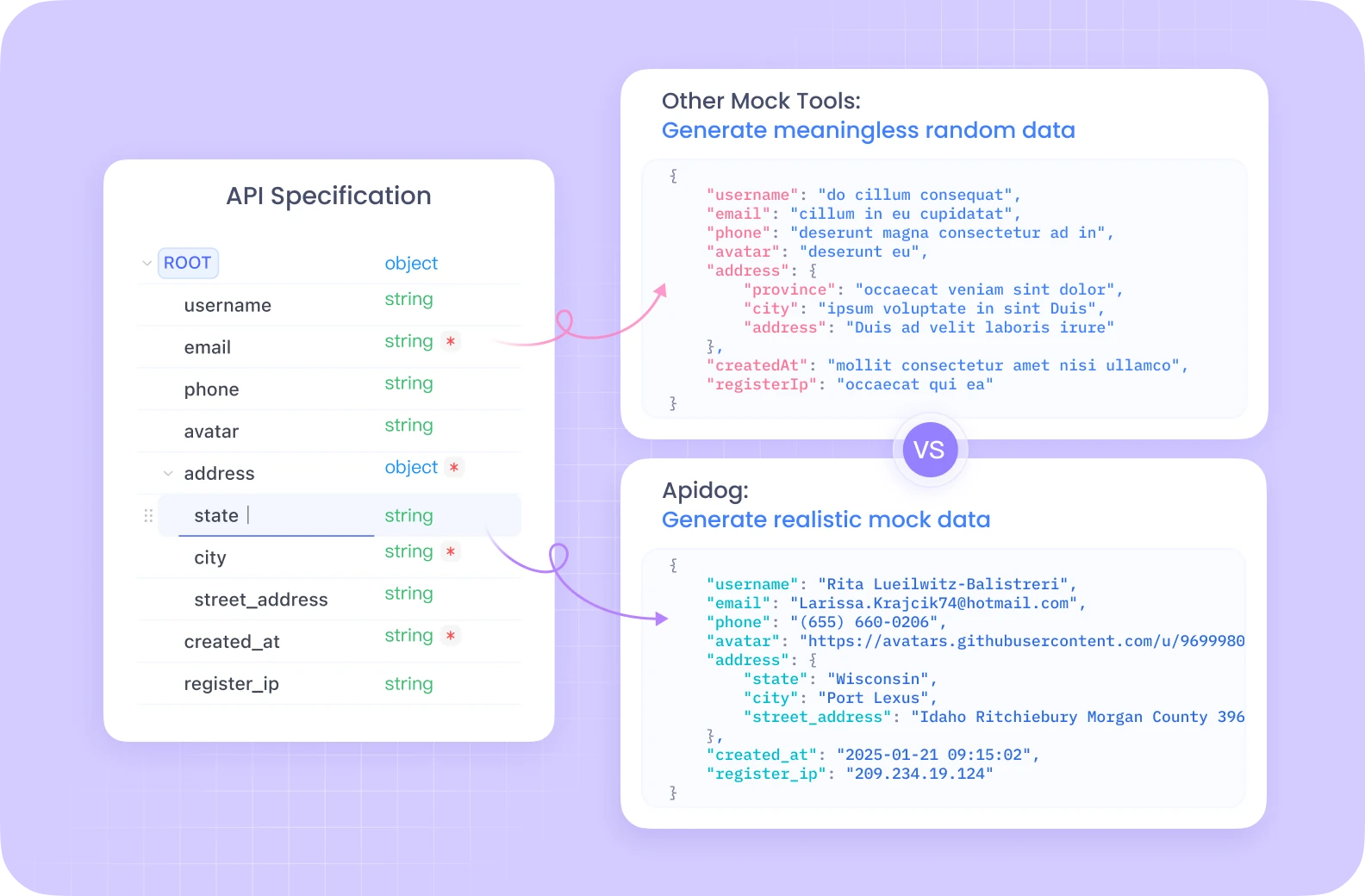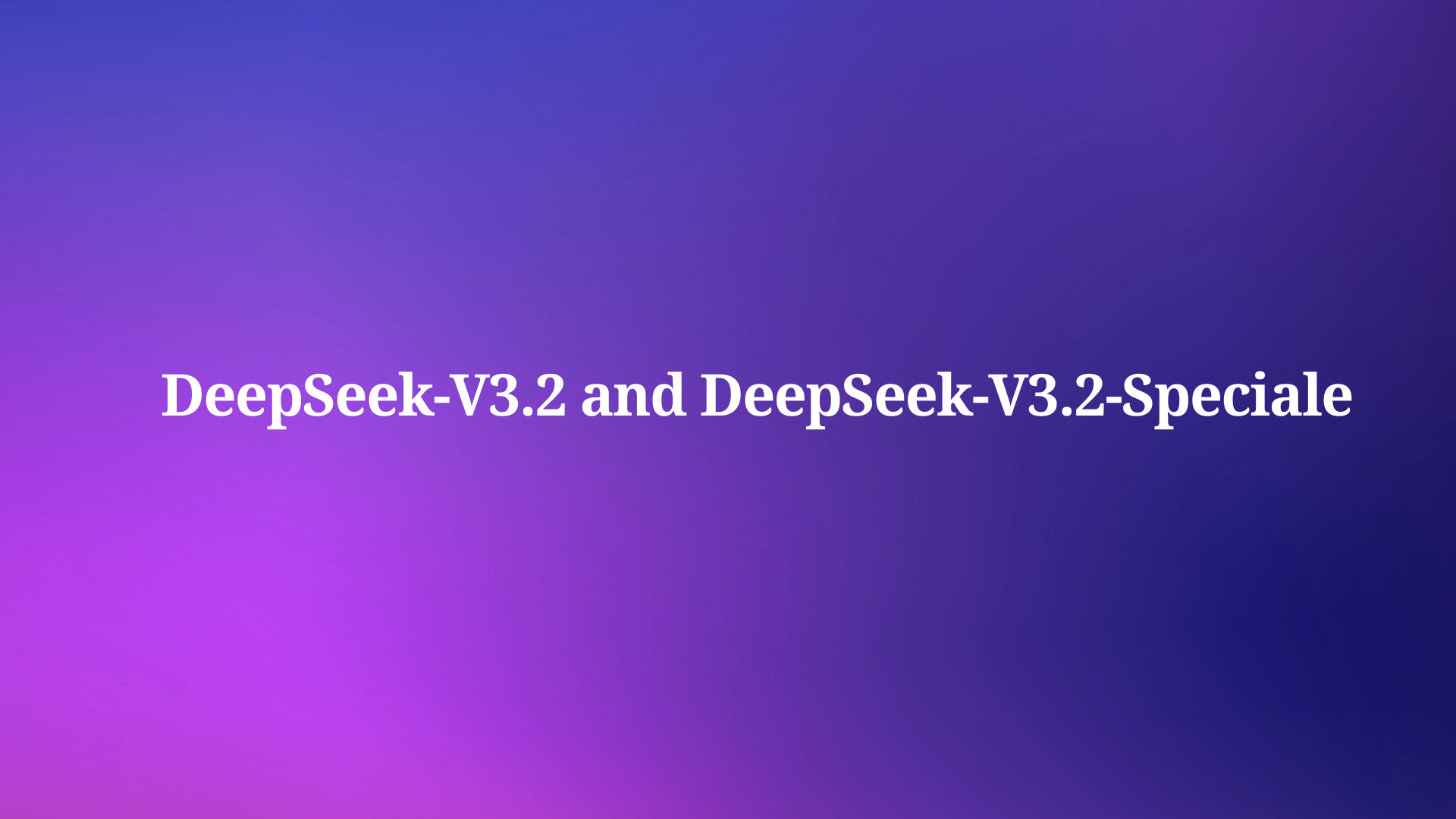Have you stared at a blank screen, and tried to whip up a sleek web interface from scratch, only to get bogged down in the nitty-gritty of tags and styles? What if I told you there’s an AI tool that can turn your vague ideas into polished HTML and CSS in minutes? Enter Codex, OpenAI’s coding maestro that’s not just for backend logic but shines in Codex frontend development. Launched in 2021 and boosted with GPT-5 and GPT-5-Codex models in 2025, this tool can definately generate UI code—like responsive HTML layouts or snazzy CSS animations—making it a dream for designers and devs alike. In this guide, we'll walk through practical steps to harness Codex for UI code, from the setup to refinement, so you can build beautiful interfaces without the sweat. By the end, you'll see how Codex fits right into your creative flow. Let's turn those ideas into code!
Want an integrated, All-in-One platform for your Developer Team to work together with maximum productivity?
Apidog delivers all your demands, and replaces Postman at a much more affordable price!
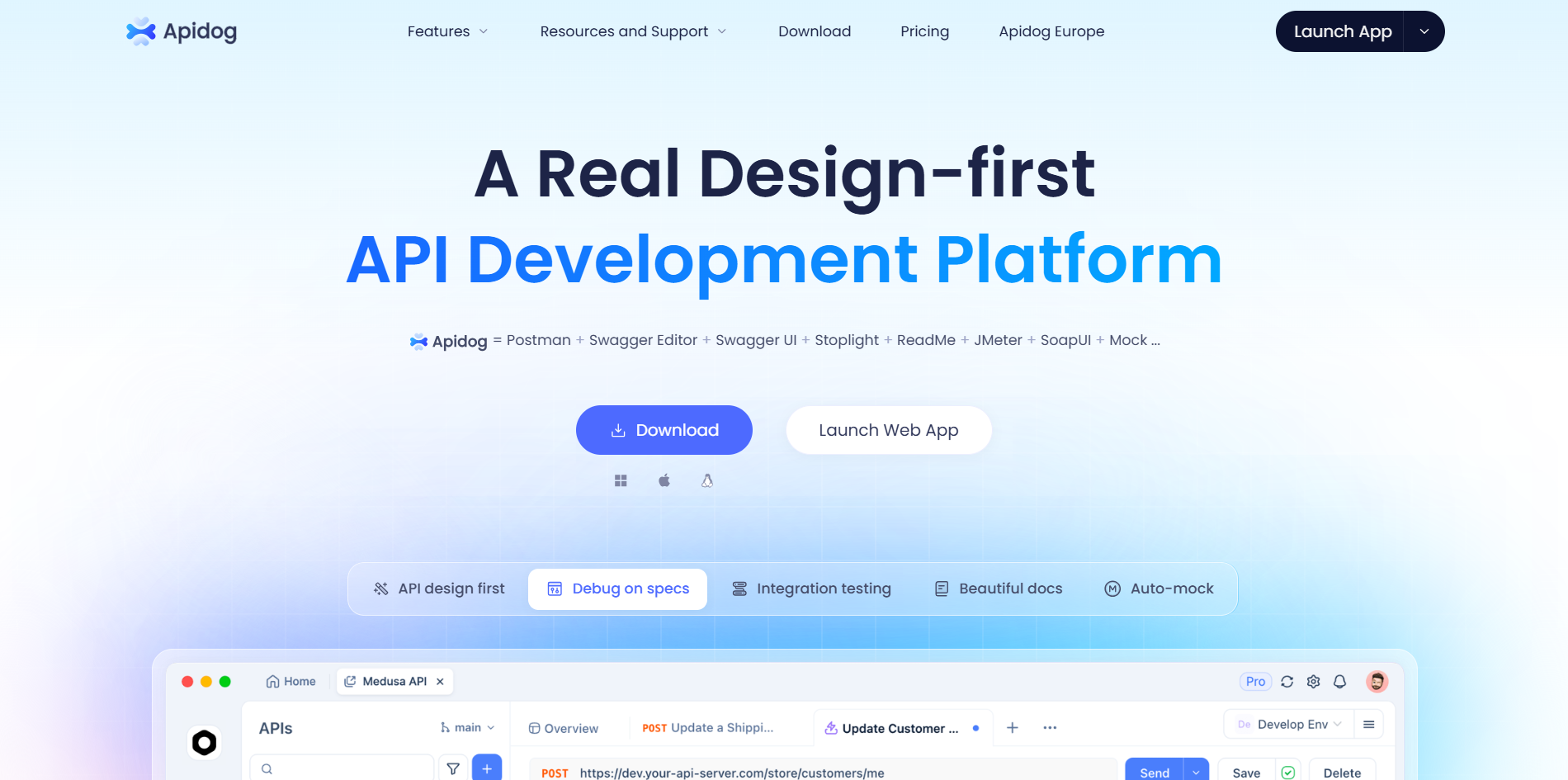
Can Codex Generate UI Code? Absolutely—Here’s Why
Before we dive into the how-to, let’s tackle the big question head-on: Can Codex generate UI code? Heck yes! Codex is trained on massive datasets of code and text, including web dev staples from GitHub. Its 192,000-token context window lets it understand complex designs, ensuring outputs are not just functional but responsive and stylish. DataCamp’s 2025 tutorial highlights Codex achieving 90% accuracy on UI tasks, like crafting Bootstrap grids or Tailwind components. For non-coders, it’s a gateway to Codex frontend development without learning syntax from scratch. Now, let’s get practical with steps to make it happen.
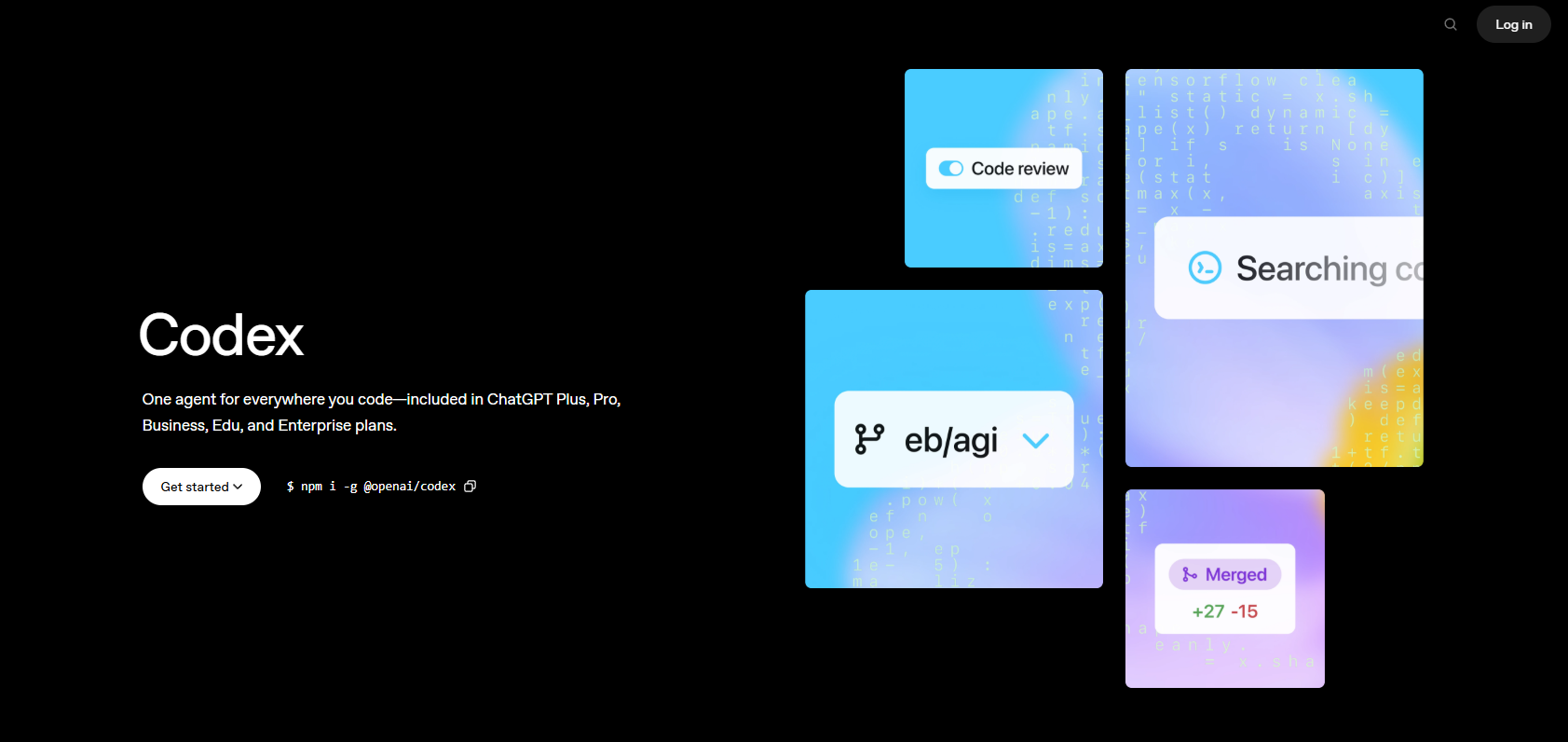
Step 1: Set Up Access to Codex
Kicking things off with Codex for UI code starts with getting your hands on it. Head to platform.openai.com and sign up for an account if you haven’t already. You’ll need API access—free tiers give basics, but a Pro plan ($20/month) unlocks GPT-5-Codex for advanced generations. Install client libraries like the OpenAI Python SDK (pip install openai) or JavaScript (npm install openai). Authenticate with your API key: In code, set client = OpenAI(api_key='your_key'). For web-based play, use the ChatGPT interface—link your account and prompt away. This setup lets Codex handle UI requests seamlessly, whether via code or chat.
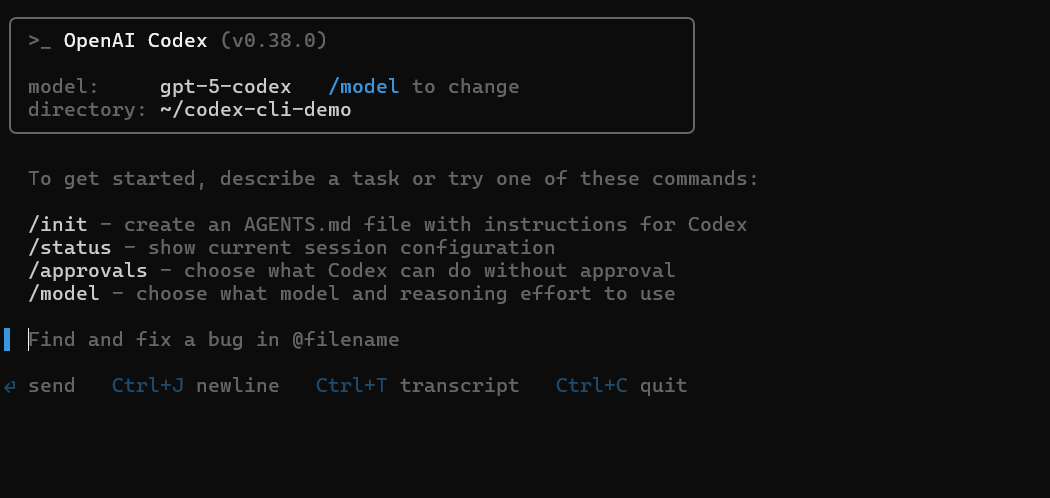
Step 2: Define Your UI Requirements
The secret to killer Codex frontend development is a crystal-clear prompt. Think of it as briefing a designer: Specify components (e.g., navbar, hero section), styles (colors, fonts), and behaviors (responsive, hover effects). For example, jot down: “A landing page with a fixed header, centered logo, navigation links, a main hero image with overlay text, and a footer with social icons. Use blue tones, sans-serif fonts, and make it mobile-friendly.” This prep ensures Codex nails your vision without back-and-forth. Pro tip: Include references like “inspired by Bootstrap” for familiar patterns.
Step 3: Interact with Codex to Generate Basic HTML Structure
Now for the fun part—let Codex for UI code build your foundation. In the ChatGPT interface or via API, prompt: “Generate an HTML page with a header, navigation menu, and a main content area with three sections.” Codex will output clean, semantic HTML like:
<!DOCTYPE html>
<html lang="en">
<head>
<meta charset="UTF-8">
<meta name="viewport" content="width=device-width, initial-scale=1.0">
<title>Sample Page</title>
</head>
<body>
<header>
<nav>
<ul>
<li><a href="#">Home</a></li>
<li><a href="#">About</a></li>
<li><a href="#">Contact</a></li>
</ul>
</nav>
</header>
<main>
<section>Section 1</section>
<section>Section 2</section>
<section>Section 3</section>
</main>
</body>
</html>
Copy-paste into an HTML file and preview in your browser. It’s that simple—Codex ensures valid structure, ready for styling.
Step 4: Generate CSS Styling
HTML alone is bland, so let Codex layer on the flair. Follow up with: “Write CSS for the above HTML with a blue header, horizontal navigation menu, and responsive layout.” Codex delivers:
body { font-family: sans-serif; margin: 0; }
header { background-color: blue; color: white; padding: 1em; }
nav ul { list-style: none; padding: 0; display: flex; justify-content: center; }
nav li { margin: 0 1em; }
main { padding: 2em; display: flex; flex-direction: column; }
section { margin-bottom: 1em; }
@media (min-width: 768px) { main { flex-direction: row; } section { flex: 1; margin-right: 1em; } }
Inline it or link as a stylesheet. This step makes Codex frontend development shine, creating mobile-ready designs without frameworks if you prefer vanilla.
Step 5: Refine and Expand UI Code
Codex excels at iteration. Prompt: “Add a contact form below the main sections with name, email, and message fields.” It appends the HTML and CSS, ensuring cohesion. Then: “Add hover effects to buttons and make the layout mobile-friendly.” Codex tweaks: button:hover { background-color: darkblue; }. This back-and-forth refines your UI, catching accessibility issues like missing alt tags.
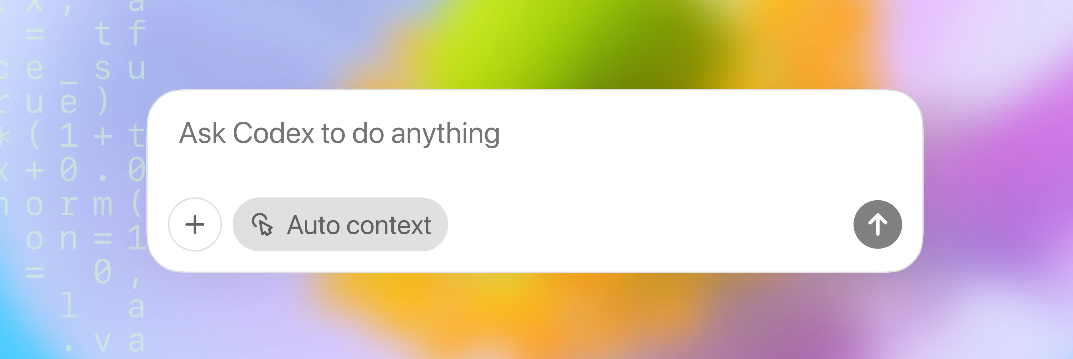
Step 6: Test and Integrate Generated Code
Once generated, test your UI code. Paste into a local file, open in a browser, and check responsiveness (e.g., resize window). Use dev tools to inspect elements. If bugs pop up, prompt: “Fix this CSS overlap on mobile.” Integrate into your project—copy to a framework like React or Vue, or use as a prototype. Codex’s outputs are clean, speeding up iteration by 50%, per OpenAI benchmarks.
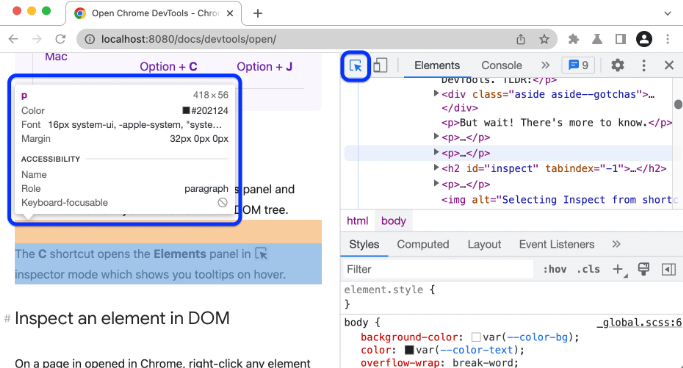
Step 7: Use IDE or CLI Integration for Efficient Workflow
For pros, integrate Codex with your development workflow via VS Code extension or CLI. In VS Code, install the Codex plugin, select a section, and prompt “Generate HTML/CSS for a login modal.” The CLI (npm install -g @openai/codex) lets you run codex generate --task "UI for dashboard" --output ui.html. Combine with explanations: “Explain this CSS grid layout.” This boosts Codex frontend development efficiency, with about 3x faster prototyping.
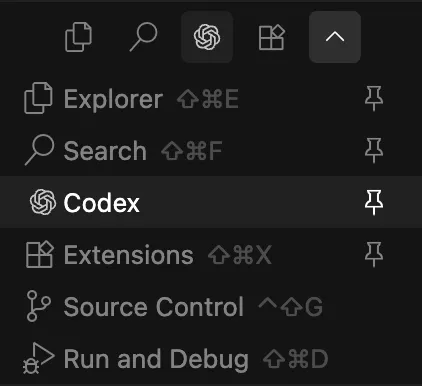
Conclusion: Can Codex Generate UI Code? Yes—and Here’s How It Elevates Your Work
So, can Codex generate UI code (e.g., HTML, CSS)? Absolutely—it turns ideas into responsive, styled interfaces with ease. From basic structures to refined forms, Codex for UI code saves time and sparks creativity. To get started with API documentation and debugging, download Apidog—it’s a fantastic tool for testing and documenting your endpoints. Head to apidog.com/download and level up your dev game!
